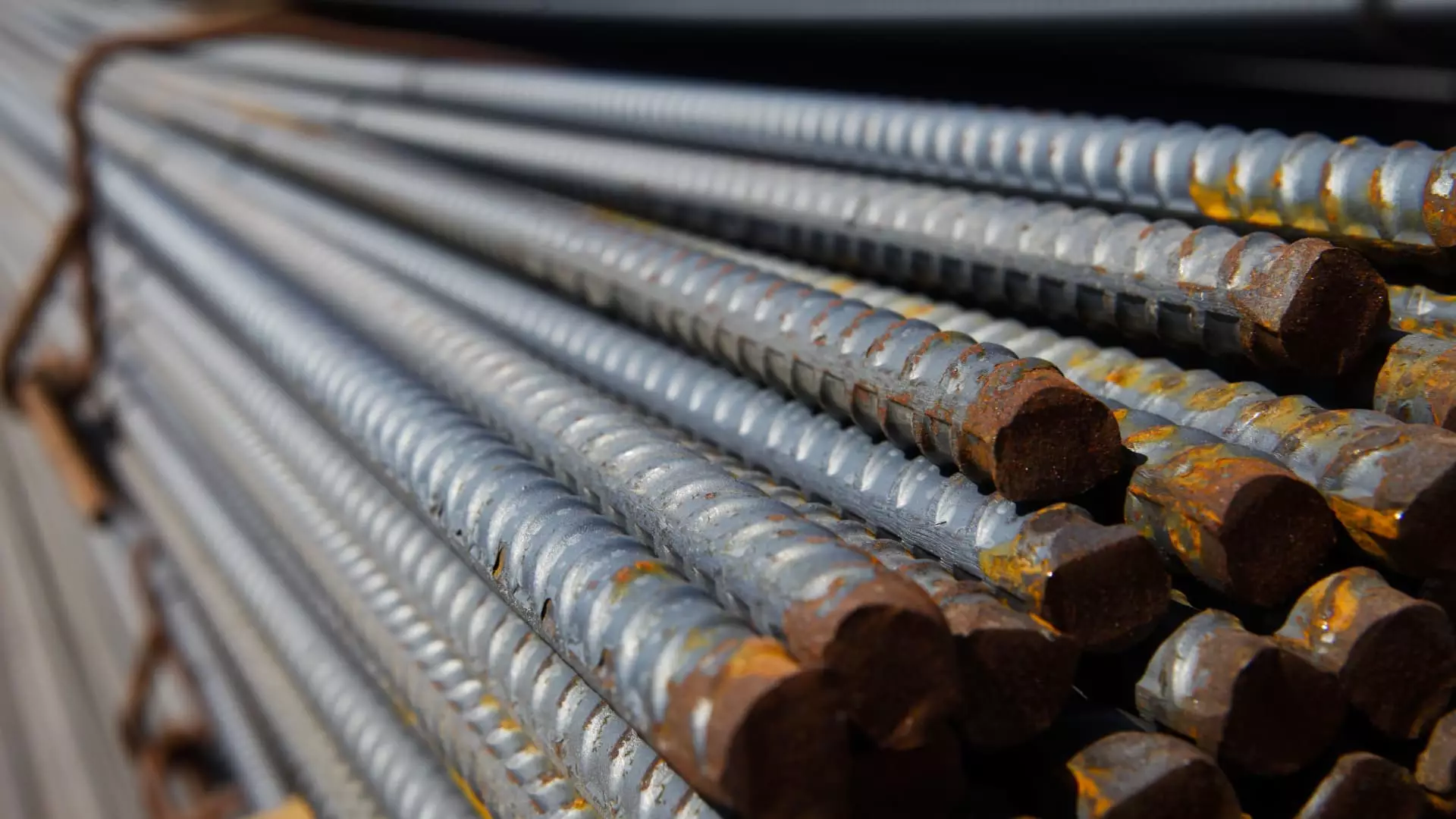The announcement of new tariffs by President Donald Trump has created a tumultuous atmosphere for U.S. steelmakers. The 25% tariffs on steel imports from Mexico and Canada, along with a 10% levy on imports from China, initially sparked hope among domestic producers. Following these announcements, the stock market experienced fluctuations, revealing the cautious optimism and underlying risks that characterize the steel industry today. Despite a brief recovery, marked by a modest uptick in stock prices for companies like Nucor and U.S. Steel, the volatility of the market serves as a reminder of the ongoing uncertainties facing steelmakers in the U.S.
The temporary truce with Mexico—where the U.S. has agreed to pause tariffs in exchange for military assistance at the border—highlights the intricate negotiations that accompany trade policy changes. This development reflects not only the intricacies of international relations but also raises questions about the long-term effectiveness of such tariffs in fostering a stable production environment for American steel companies.
The new tariffs are anticipated to make imported steel substantially more expensive, a development U.S. steel manufacturers hope will translate into increased domestic production and higher market prices. According to Nucor’s CEO Leon Topalian, the steel industry has long been threatened by practices such as “illegal dumping,” which allows foreign companies to sell their products in the U.S. at artificially low prices. Such challenges create a significant competitive disadvantage for U.S. steel producers, making the introduction of tariffs a necessary measure to level the playing field.
Moreover, analysts predict a potential recovery in steel pricing, as these tariffs could provide U.S. companies with an opportunity to recalibrate their pricing strategies. Morgan Stanley’s analyst, Carols De Alba, suggests that the introduction of these protectionist measures is set to improve the pricing landscape, albeit cautiously, as limited demand growth could temper these gains.
However, the optimistic projections regarding pricing are not without caveats. The overall demand growth for steel has been estimated at a modest 1.6%, indicating that while tariffs could create a more favorable pricing environment, they may not significantly boost demand. Furthermore, the investment community remains skeptical. Bank of America Securities has raised concerns about potential declines in the automotive sector, a crucial consumer of steel, projecting that a 25% decrease in auto production could impact U.S. steel demand severely.
U.S. Steel’s stalled acquisition by Nippon Steel and the recent partnership between Nucor and Cleveland-Cliffs reveal the competitive tensions within the industry. The successful navigation of these corporate mergers and alliances could play a pivotal role in determining future market dynamics.
As tariffs reshape the competitive landscape, experts caution that the anticipated rise in steel prices may not be sustainable in the long term. UBS analyst Andrew Jones notes that while immediate disruptions caused by tariffs can drive prices upward, the potential for increased production capacity along with softening demand could lead to a counteracting effect on prices.
The success of U.S. steelmakers hinges on a multifaceted approach that includes strategic expansion, investment in innovation, and effective lobbying for policies that support domestic production. As the industry grapples with the implications of existing tariffs and future trade relations, a clear path toward stability remains elusive.
The Path Forward
The tariffs introduced by the Trump administration present both opportunities and challenges for U.S. steelmakers. While there is potential for enhanced pricing power and increased production, the underlying issues of demand stagnation and global competition cannot be overlooked. Stakeholders must remain acutely aware of market fluctuations and emerging trends to navigate this complex landscape effectively. The future of America’s steel industry may depend not only on protective tariffs but also on the agility and resilience of companies willing to adapt to a challenging global market.

